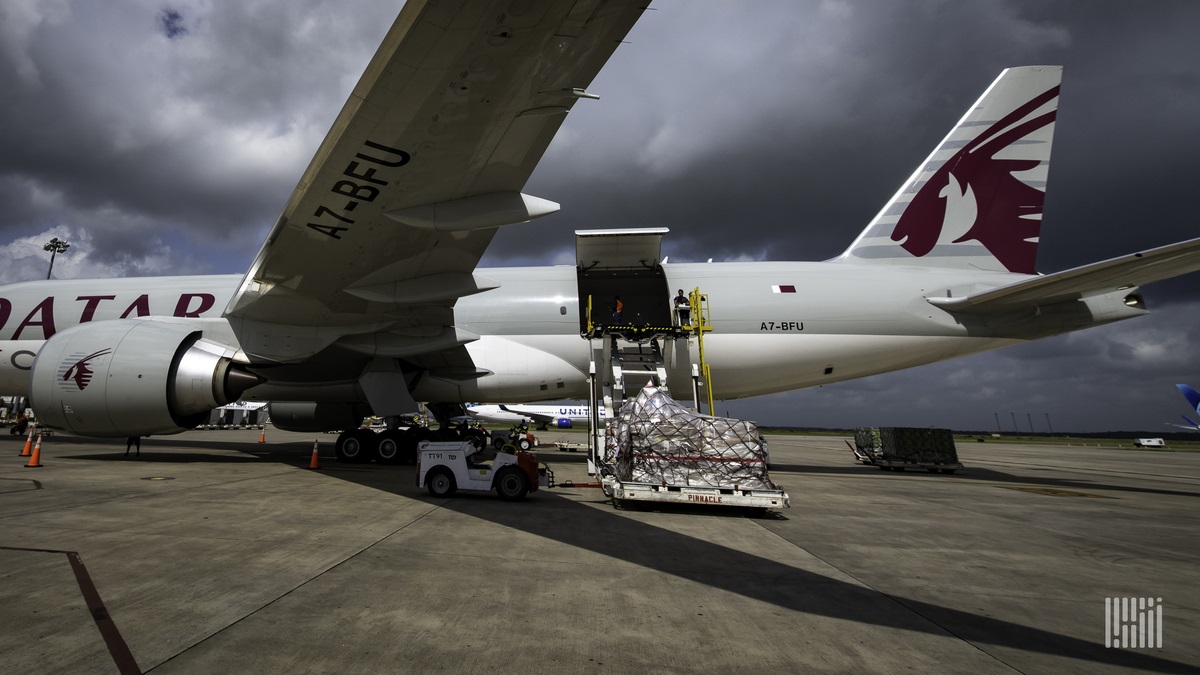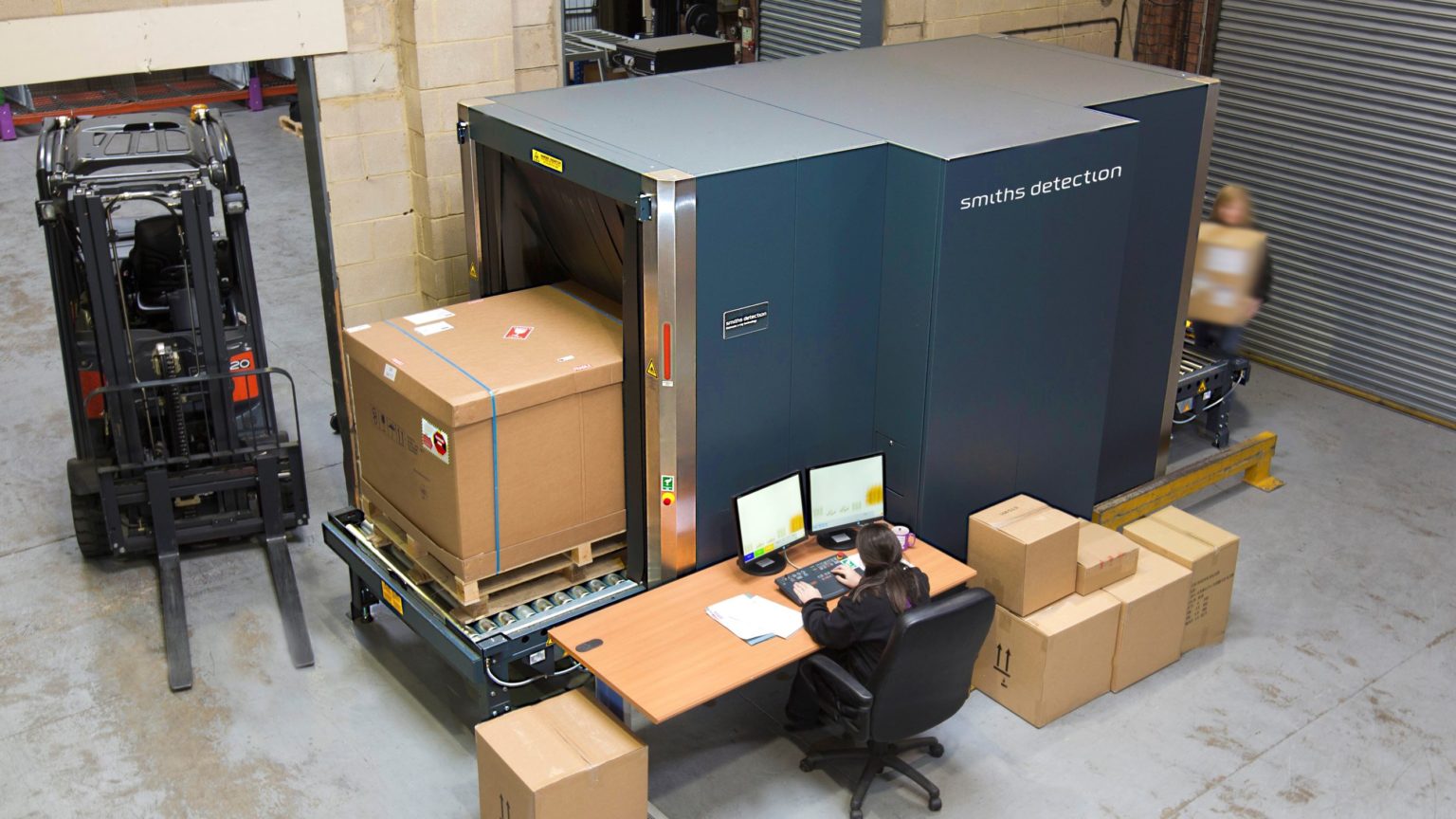Industry split over how TSA should implement rules for freighter aircraft, minimize economic impact

The U.S. supply chain industry appears divided over how the
government should implement new international security standards for
cargo carried on freighter aircraft and whether certain exporters get
special treatment to minimize associated cost increases.
Some worry there could be shipping delays if the Transportation
Security Administration doesn’t figure out a plan well before the
standards take effect July 1.
At issue is whether the TSA will recognize the security controls of
e-commerce fulfillment centers, warehouses and other shippers as
sufficient rather than require them to pay costs associated with 100%
screening of their air cargo shipments.
In either case, shippers will face increased costs and responsibility for securing their export cargo.
The debate could pit the likes of Amazon, Walmart, FedEx, UPS,
airlines and freight forwarders against each other over what qualifies
as a level playing field.
“If the e-commerce carriers are going to lock a few doors and check a
few IDs and then deem their cargo secure for all-cargo flights, that’s
not real security,” Brandon Fried, executive director of the
Airforwarders Association, said in an interview.
Under the new international standards scheduled, all cargo on
freighter aircraft must be screened for explosives as done the past
decade for cargo moving on passenger planes. The U.N. agency responsible
for supporting aviation wants to harmonize air cargo screening and make
it more rigorous by phasing out “known shipper” programs whereby
carriers and freight forwarders are responsible for vetting customers to
ensure their cargo is safe to transport.
The U.S. known-shipper program is an extra layer of security to keep anonymous packages off passenger aircraft.
Governments can offer two ways to avoid physical screening of cargo
by the carrier or regulated freight agent prior to loading: a voluntary,
“known consignor” program allowing businesses that ship goods to
demonstrate they have secure facilities and common security protocols to
prevent tampering, which could serve as a substitute for physical
detection; and allowing businesses to screen shipments themselves or use
certified third parties.
The latter method already exists in large measure. The TSA
established the Certified Cargo Screening Program (CCSP) in 2010 as a
less expensive option to prevent backlogs of cargo at passenger airline
facilities. Warehouses, ground handlers and independent security
companies that meet strict criteria can screen cargo upstream from the
airport using various technology, including X-ray and explosive trace
detection. They must send shipments directly to the airline by trucks
that can verify an unbroken chain of custody.
More recently, the TSA has declared canines an approved method of
explosives detection and certified several companies to do the work.
The U.S. hasn’t followed other countries in using the known consignor
concept because it doesn’t meet the same level of security controls as
the CCSP.
“Congestion at the airports is already an issue, and will only be
exacerbated by this change if not properly managed,” said Aaron Ambrite,
director of global compliance at AIT Worldwide Logistics, via email.
Securing shipments or supply chains?
The TSA is considering development of a new regulatory program for
warehouses, e-commerce fulfillment centers, third-party logistics
providers or other facilities that process cargo for air transport.
Industry comments on how to shape an alternative framework that aims to
screen the supply chain, rather than shipments themselves, are due
Thursday.
Whether the agency and industry can work together on an alternative
framework that meets all the requirements is an open question.
Two camps are forming over how to meet the international standards.
On one side are logistics intermediaries and security experts who
argue the same structure for passenger cargo security should apply to
the all-cargo sector. That would be cheaper for exporters than a known
consignor program, which they say would need to be layered with
additional screening requirements for air shipping.
They note many U.S. all-cargo carriers already screen export cargo,
without significant disruption in service, because some countries
require the checks for all aircraft types before departure. And airlines
such as Lufthansa and Qatar Airways find it easier to screen cargo for
their freighters to the same standard as cargo going on their passenger
jets.
Others say it makes sense to allow large retailers, manufacturers and
distributors to become known consignors and have their facility
security deemed equivalent to shipment screening. The concept somewhat
resembles the U.S. Customs-Trade Partnership Against Terrorism, a
voluntary program that vets import supply chains against baseline
standards in exchange for expedited processing, but which TSA says
doesn’t meet standards for air cargo security.
Given a choice, retailers and other exporters ultimately will decide
which system best maintains smooth shipment flow and whether to take on
the additional cost of meeting new requirements, either as a regulated
party or as a known consignor.
Online retailers and other shippers that consider themselves already
secure for their own commercial or regulatory reasons might opt to
participate in a known consignor regime if they believe screening will
make it difficult for them to meet service deadlines, said an airline
industry official involved in regulatory affairs who asked not to be
identified because the conversation with a reporter was not authorized
by higher-ups.
Opponents of the known-consignor model say another cargo-security
program would force direct and indirect air carriers to deal with
multiple handling and administrative requirements for accepting freight,
leading to extra work and potential mistakes in a fast-moving
environment.
“If you’ve got a program that allows a shipper to do something that’s
less than screening cargo, that puts it at risk. And, it also adds a
big window of opportunity for confusion” about which cargo gets
different treatment and how to make airport transfers from all-cargo to
passenger aircraft, Douglas Brittin, who was responsible for creating
the CCSP as head of TSA’s air cargo division, told FreightWaves.
Brittin, who also served as secretary general of The International
Air Cargo Association, said in formal comments to TSA that a layered
security approach is necessary because background checks aren’t
sufficient to stop a disgruntled, or extremist, employee from tampering
with shipments or manipulating data.
Carriers already process shipments with different levels of security, countered the airline industry representative.
“I don’t think it’s a problem for any competent entity, frankly,” the
source said. “You already have to segregate ‘known shipper’ from
unknown shipper cargo if it’s going to go on a passenger plane. You
already have to segregate secure cargo from unsecure cargo in your
warehouse. And you already have to segregate at cargo acceptance what’s
already been screened. They have these systems in place.”
And, said Steve Alterman, president of the Cargo Airline Association,
there is so much material moving through large distribution centers
“there is no way a terrorist will know whether something will go on a
plane or truck” or its ultimate destination.
Supporters of physical screening urged the TSA to modify and expand
the CCSP and third-party K-9 programs to accommodate more shipments
designated for freighter aircraft.
“While many shippers have existing facility security programs, most
are primarily focused on inventory theft prevention and not aviation
security specifically. … [They] do not adequately address the
possibility of the introduction of improvised explosives into the box,
pallet or container about to be shipped,” the Airforwarders Association
said in its filing. “Many shipper warehouses and distribution centers
are simply ‘pass-through’ or temporary storage facilities where
containers are stored and prepared for transit. The insertion of
destructive material can take place before the shipment arrives at the
shipper’s facility or while in the care and custody of the shipper.”
Economic impact
Raising security levels to the air standard would require shippers to
make substantial investments that they previously have been unwilling
to make, critics of a special shipper program say. Extra expenses would
likely include additional personnel and supervisors, extensive employee
background checks and government credentials, training, screening
technologies that can range in price from $30,000 to $250,000 per unit
plus maintenance, and creating a physically secure area in the warehouse
for screening.

Shippers are eligible to join the CCSP, but relatively few have
joined, preferring to outsource screening functions to their logistics
providers for a reasonable price and avoid more government oversight,
proponents of an expanded CCSP approach say. Or shippers could save
money by insourcing inspections and packing boxes with trained personnel
in a fully secure warehouse screening area, as is the current practice
at many CCSP seafood, fruit-packing and pharmaceutical facilities.
Physical search and the K-9 program both reduce the cost of entry into
the CCSP.
“TSA should not seek to develop a new and separate program for the
possible benefit of some shippers with a goal of perhaps saving them
pennies a pound, but which could potentially place all-cargo flight
crews and personnel, as well as other employees across the air cargo
supply chain at high risk,” Brittin wrote the agency. “By doing so, TSA
risks giving the appearance that the safety and security of air crews
and personnel in the all-cargo sector are of lesser value than those in
the passenger carrier environment.”
A combination of more CCSP shippers and expansion of K-9 usage by
forwarders and all-cargo carriers should easily handle the issue,
without having to create something new and, arguably, less safe, he said
in the interview. The direct and indirect air carriers easily screen
large configurations of cargo, even unit load devices, with the canine
program at very low cost and can pass that back to shippers.
Brittin recommended carriers and forwarders step up contracts with
third-party K-9 companies to ensure there are enough trained teams in
place by next July.
Industry experts warn that TSA can’t develop a rulemaking for a new
shipper security program, with an impact study and public comment
period, by the International Civil Aviation Organization’s deadline,
making the CCSP a likely fallback.
“My concern is the industry would be stuck with a 100% screening when
they’re not in a position to do it because they had been counting on an
alternative framework,” said Alterman, noting there are only eight
cargo K-9 providers.
And if other countries don’t like the alternative to 100% screening,
there is a danger they could impose restrictions on inbound shipments
from the U.S., he added.
Hong Kong is far ahead of the U.S. in implementing the new air cargo security requirements.
Since January, airlines and ground handlers there began inspecting a
quarter of all shipments, with inspection levels stepping up in phases
to 100% by next June.